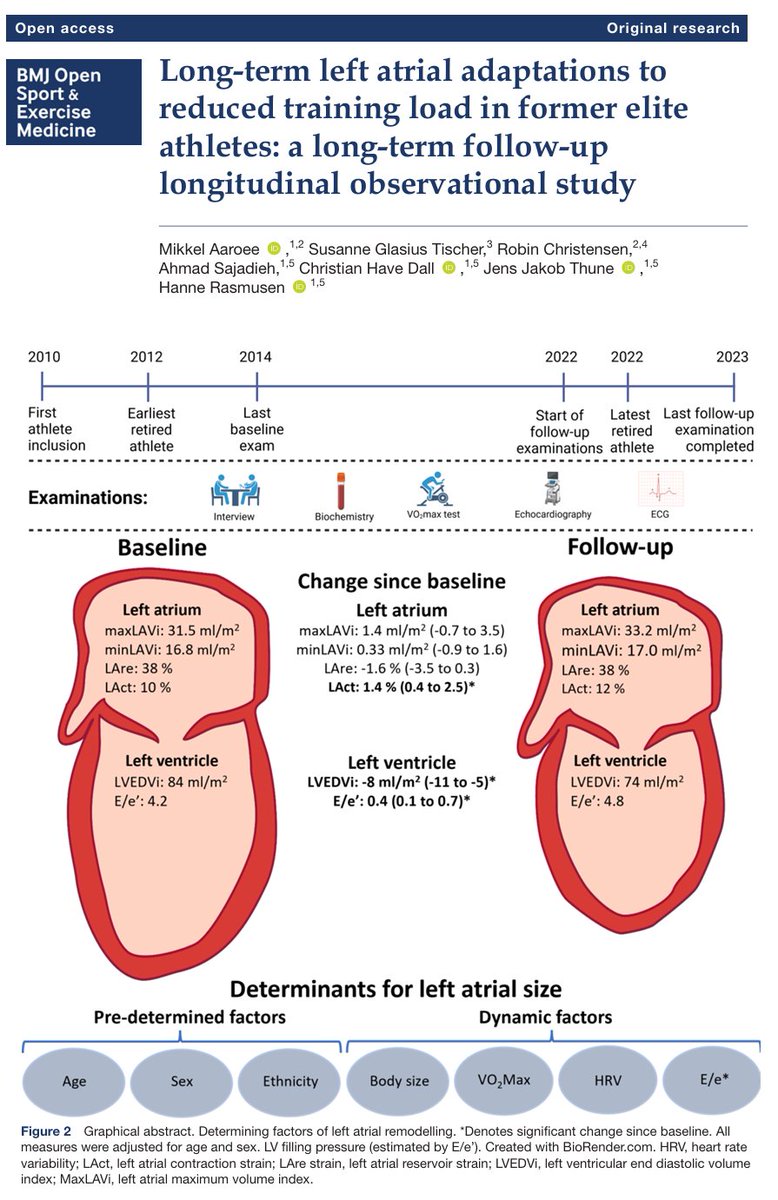This one finds that older adults rely on a greater augmentation of systolic function during extreme heat exposure, the magnitude of which depends on heat stress severity. 

- In 20 young (18 to 39 years) and 20 older (> 65 years) adults, this study documented the echocardiography assessed left-ventricular responses to a very hot and dry (47°C and 15% relative humidity, reflective of the peak conditions during the Pacific Northwest 2021 heat wave) and hot humid (41°C and 40% relative humidity, reflective of the 1995 Chicago heat wave) 3-hour heat exposure, with intermittent bouts of light physical activity throughout (7 x 5 min bouts of physical activity at 3 METS).
- In this study, older individuals showed a greater reliance on systolic mechanisms in the very hot and dry condition, evidenced by a greater increase in systolic mitral annular velocity.
- While the absolute reliance on atrial contraction for diastolic filling was higher in older individuals, the augmentation of diastolic function was similar between age groups.
- Only modest increases in cardiac output and consistent reductions in stroke volume up to ~20 mL in both age groups were observed.
- Despite the augmentation of systolic and diastolic function in older individuals, systolic blood pressure fell consistently in older adults but was well maintained in younger adults.
- Analysis indicated several moderate-strong predictors of the cardiac response to heat:
Core temperature was negatively related to end diastolic volume, end diastolic volume was negatively related to heart rate, while heart rate was positively related to the atrial contribution to diastolic filling.
- "Since these mechanisms cannot be augmented, or their augmentation is attenuated, with certain medications (i.e., beta blockers) or in specific clinical populations (i.e., systolic or diastolic heart failure), these groups may be more likely to experience early decompensation during extreme heat exposure."
Cardiac responses to environmental heat exposure in young and older adults (open access)
doi.org/10.1152/japplp…
doi.org/10.1152/japplp…
• • •
Missing some Tweet in this thread? You can try to
force a refresh










